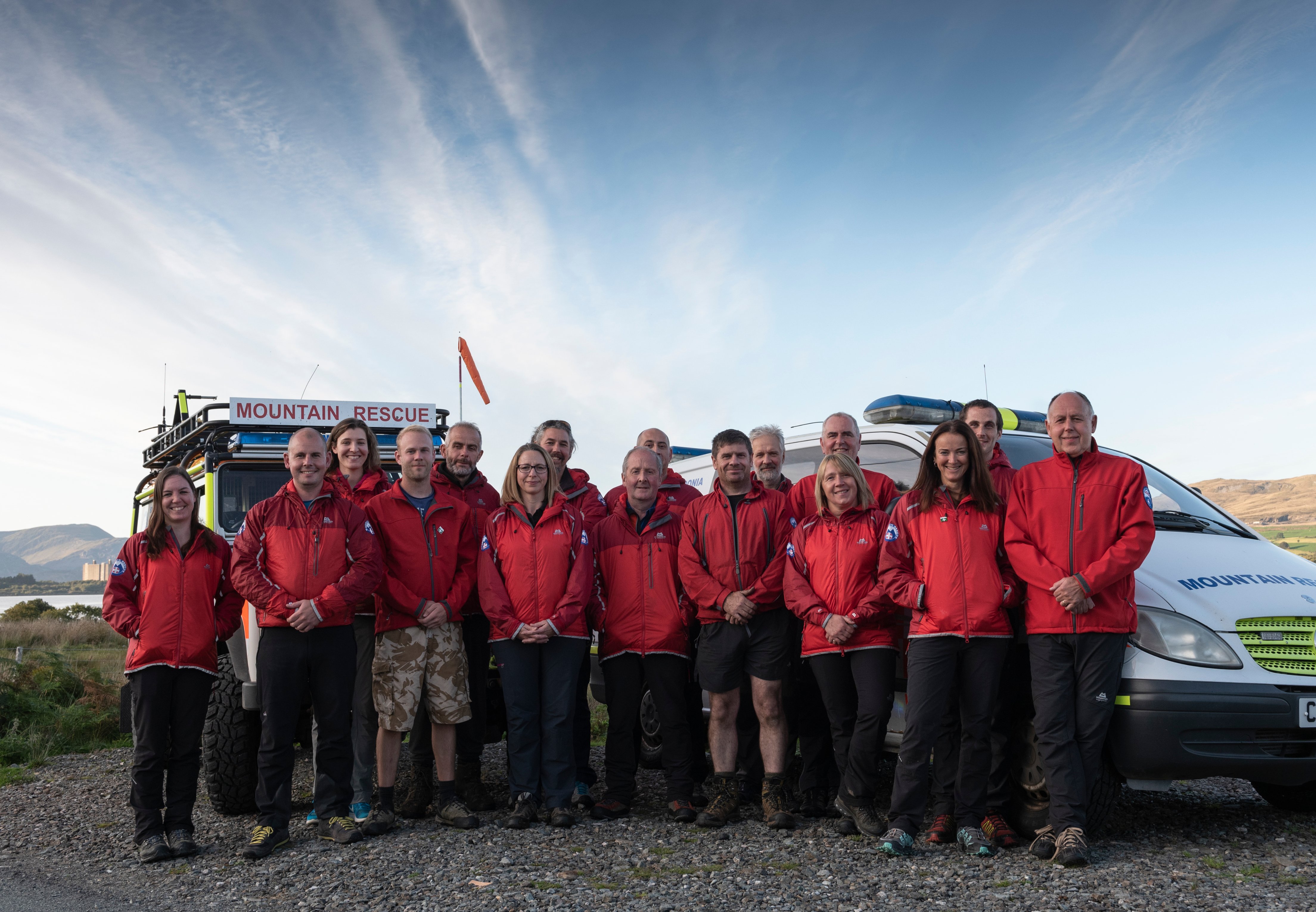

Though it may seem like all danger has retreated from the world, and there are no longer opportunities to scratch this itch for aiding those in the thick of it, the need for this service in fact remains very significant. Maybe you’ve secretly fantasized about rescuing someone in distress, and find your adrenaline pumping at the thought, but it feels like a distant, once-in-a-lifetime opportunity. Maybe you’ve felt the hunger to find yourself in a real emergency that calls on everything you’ve got for the sake of a cause bigger than yourself. The need to find and save comrades is a primal, deeply-set drive.


Search and rescue teams have been around since the dawn of human existence. The Benefits of Joining a Search and Rescue Team Very quickly, I began to see that by seeking to help others, I was sharpening myself, and that volunteering for search and rescue brings many benefits to one’s life. While I had concerns about whether I had the skills, time, and disposition to serve my community in this kind of role, I signed up anyway.Īfter undergoing some classroom training and taking the state oath of office, I was issued a pager, a radio, and a very orange shirt, and immediately started going out on calls. SAR teams are called upon to help people who are in potential distress or imminent danger, often going “off road” to look for those who are missing or feared lost because of accident, foul play, mental health, or natural disasters. Yet the paradoxical thing about seeking to improve one’s self, is that it’s best accomplished by looking outside of it.Ī couple years ago I stumbled across an ad in the paper which said that my local search and rescue team was recruiting volunteers. This is the time of year when people are making goals towards their personal development. This article was originally published in January 2019.Įditor’s note: This is a guest article from Graham Shea.

Merrick has been the director of the center for more than five years, during which he and his team have helped with efforts concerning the Champlain Towers collapse in Surfside, Florida in 2021, Hurricane Ida in Louisiana in 2021, Hurricane Michael in the Florida Panhandle in 2018 and Hurricane Harvey in Texas in 2017.With our archives now 3,500+ articles deep, we’ve decided to republish a classic piece each Friday to help our newer readers discover some of the best, evergreen gems from the past.
#SEARCH AND RESCUE TEAM HOW TO#
“Drones are going out ahead of the search and rescue teams to provide information about where the damage is the worst, which helps decision makers decide how to pass on resources and what goes where,” Center for Disaster Risk Policy Director David Merrick told the Democrat Thursday evening while in Naples. The team is controlling remotely piloted aircraft that fly over areas impacted by Hurricane Ian’s category 4 landfall for urban search and rescue purposes. From search and rescue efforts to mental wellness for first responders, Florida State University’s drone team and Florida A&M University’s faculty are doing their part in helping southwest Florida during Hurricane Ian's disastrous aftermath.įSU’s Center for Disaster Risk Policy drone team was on standby at the Orange County Convention Center in Orlando Wednesday before being dispatched to Cape Coral and then to Naples Thursday.


 0 kommentar(er)
0 kommentar(er)
